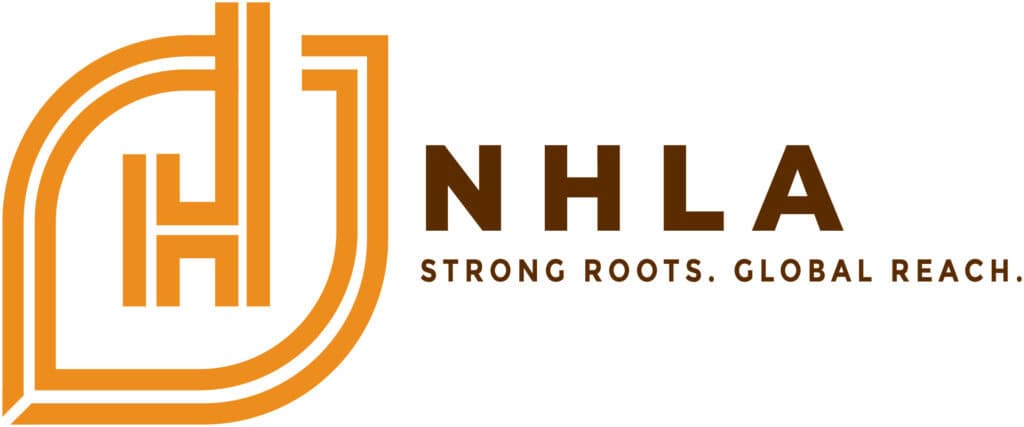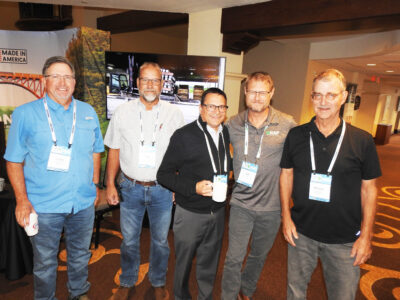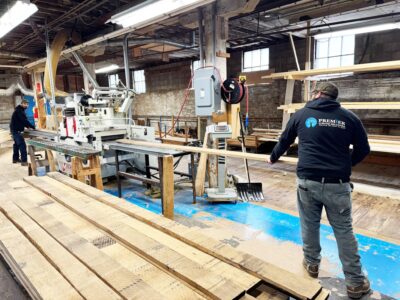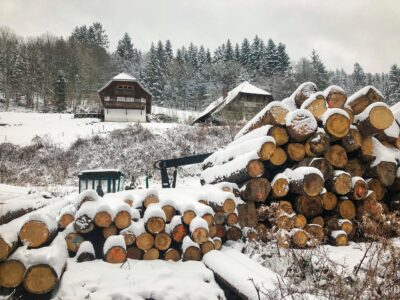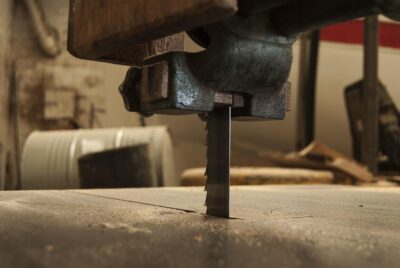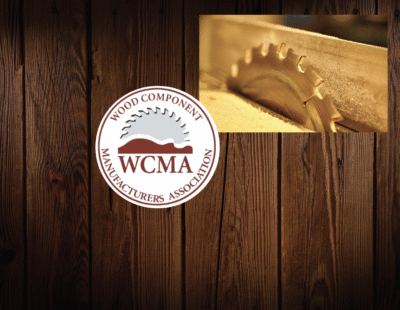
Exec. Director,
National Hardwood Lumber Association,
www.NHLA.com
The age-old question for businesses, associations, governments, and universities is: Do you make changes quickly or gradually transition with the times? Do you let your business slowly evolve or jump ship and quickly go in a different direction? Michael Porter, an economics professor at Harvard Business School, proposed a “competitive advantage” theory in 1985. The theory suggests that businesses should create high-quality goods to sell at high prices in the market. Businesses, associations, governments, and universities should support policies to accomplish this while also establishing their competitive advantage over other competing associations, governments, and universities. Things have changed a lot since 1985. How much have we?
The key to a healthy Hardwood industry is producing value-added commodities that economically support rural communities, benefit the environment by lowering the carbon footprint of buildings, and promote the social acceptance that forest management is healthy and necessary. Achieving this involves ensuring a competitive advantage through the added value of our products. How have we enhanced the value of our lumber to maintain our competitive edge since 1985? During this period, the Hardwood domestic grade lumber market plummeted from a peak of 6.5 billion board feet in 1999 to a low of less than 1.5 billion board feet in 2011, and it remains below 2 billion board feet today, according to data gathered by Hardwood Market Report. Some companies have evolved their products, while others have innovated to switch industries or have quickly left the business. At the same time, most have continued operating as they always have, yield grading their lumber using the center cant for pallet stock or ties. The NHLA Grading Rules are the backbone of the industry, even though many have proprietary grades. Value-added or competitive advantage is about discovering exactly what your customers need and providing it to them. However, in my travels with AHEC to London and Europe, I have heard customers say they don’t want the knot or defects in the wood we send them, but I have listened to mills in North America say that the market won’t pay for them to cut it out. Thus, we are stuck in a dilemma: whether to have a high yield or price.
Increased labor and waste to cut out defects must be accounted for by increased price. I am amazed that we can’t cover the increased cost as an industry. Our labor is cheaper than Europe’s, and the savings in weight for shipping make it seem like it would be canceled out. However, they have more automation and equipment to process the wood no matter what, so unless they get it ready to install, they still have to use labor and equipment to finish it before use. There is a Hardwood problem that businesses, associations, governments, and universities have been unable to solve. They focus on component variability and not finished parts. It is time for all of us to change that, quickly, if possible, slowly if not.
Shrink, swell, and other variations mean that our customers will handle the Hardwood material that comes in before they use it. Allowing for variability hurts us by ensuring they modify our Hardwood before using it. Thus, there is no savings for them. If we stop hedging to account for variability and give them exactly what they want, they will rely on us for the processing and give us a competitive advantage. We may have to change our packaging and shipping to ensure the pieces are not damaged. Other changes might also have to happen, but when we stop treating our Hardwood like it is always wrong and start treating it as a value-added commodity, we will have a competitive advantage. We have tolerances; let’s use them to cut it exactly right. Why knot give customers precisely what they want the way they want it?
Visit www.nhla.com for more information.
